Description
In need of a distraction at your home or office that tastefully evokes fond memories of a fanciful trip to the beach? Well, rather than breaking your back carrying a thirty-foot palm tree into your home/office, you can choose a Ponytail Palm. This recurved broadleaf tree, otherwise known as Elephant’s Foot and native to Mexico, grows to a maximum height of only six feet if properly pruned. Drought-tolerant, this evergreen has a swollen stem that holds water and produces petite ivory flowers during the spring and summer.
Now, a plant that can grow so tall and produce beautiful blooms must require a lot of work and attention, right? No, this slow-growing palm-like perennial, the Ponytail Palm, requires minimal fuss and is so durable that even a newbie with a black thumb has a high chance of success. Choose one of these lovely house plants to give you a touch of Aloha for years to come.
Best Locations For Growing Ponytail Palm
Ponytail Palm thrives in any room that possesses optimal conditions, including bright, direct light to medium light, temperatures 60° and higher, and humidity levels of 40% and below. Plus, you will need an open spot with room for this palm to grow. As a bonus, Ponytail Palm is nontoxic to people and pets, so you do not have to worry about little hands or paws with this no-fuss house plant.
Ponytail Palm Sunlight Requirements
Ponytail Palm prefers medium to bright, direct or indirect light. Any room with south-facing, west-facing or east-facing windows will suffice. This ornamental tree adores bright light so place it in a spot in your home/office where it will get the brightest light possible.
Ponytail Palm Care
A 6-inch or 8-inch pot is a good-sized starter home for your new Ponytail Palm. This ornamental perennial prefers well-draining soil with a pH anywhere from 6.5 to 7.5. A good house plant potting soil amended with peat moss and sand/perlite/coco coir should suffice.
While Ponytail Palm does not require frequent pruning, this palm-like tree will produce offsets, or pups. If you would like your Ponytail Palm to have more than one stem, you can leave these pups alone and let them grow. If you prefer a single stem, you can prune the pups.
With respect to repotting, this slow-growing broadleaf evergreen will normally need to be repotted only once every two to three years, preferably at the beginning of the growing season, during spring. Simply repot your Ponytail Palm in a pot that is approximately 2 inches wider than the root ball.
Watering Ponytail Palm
With its capacity to store water in its stem, this drought-tolerant perennial does not require frequent watering; watering once every week to two weeks during the growing season is recommended. During the winter months, the need to water is less.
Ponytail Palm does not normally require frequent watering, as this evergreen is susceptible to root rot; perform a moisture check prior to watering. If your plant is small, simply insert your finger 1 to 2 inches into the soil. If the soil is dry, then water. If not, wait one to two days to conduct another moisture check. If your Ponytail Palm is large, insert your finger three to four inches into the soil when you conduct your moisture check.
Feeding Ponytail Palm
Being a no-fuss plant, Ponytail Palm requires infrequent fertilizing. Feed this ornamental plant a balanced fertilizer diluted to 50% of the manufacturer’s recommended strength once a month during the growing season and less often during its dormant season in the fall and winter.
Additional information
| Container Size | 3" Pot, 4" Pot, 6" Pot, 8" Pot, 10" Pot |
|---|
Reviews (0)
Be the first to review “Ponytail Palm” Cancel reply
Related products
Pet Safe Houseplants
Pet Safe Houseplants
Pet Safe Houseplants
Pet Safe Houseplants
Pet Safe Houseplants
Pet Safe Houseplants
Pet Safe Houseplants
Pet Safe Houseplants
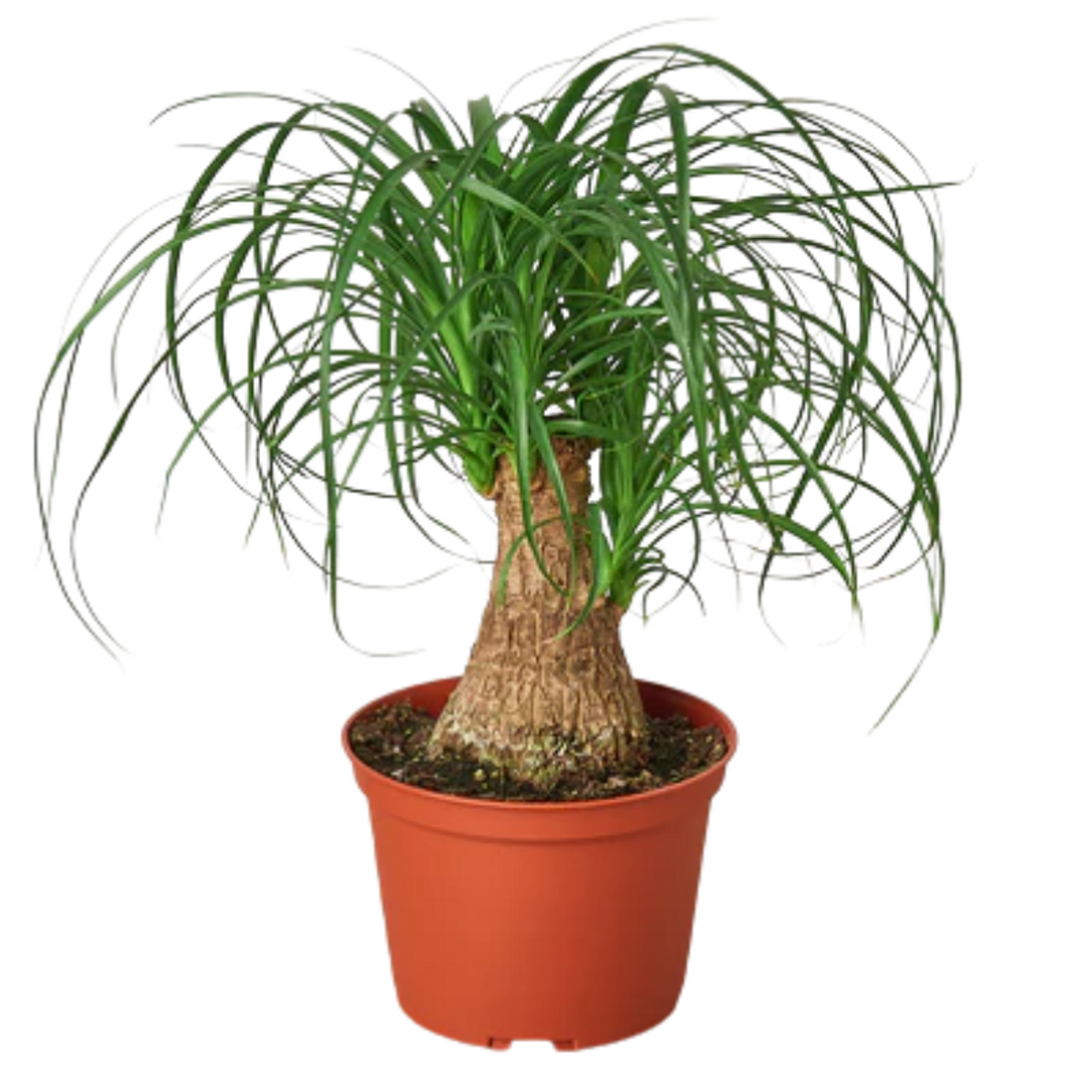
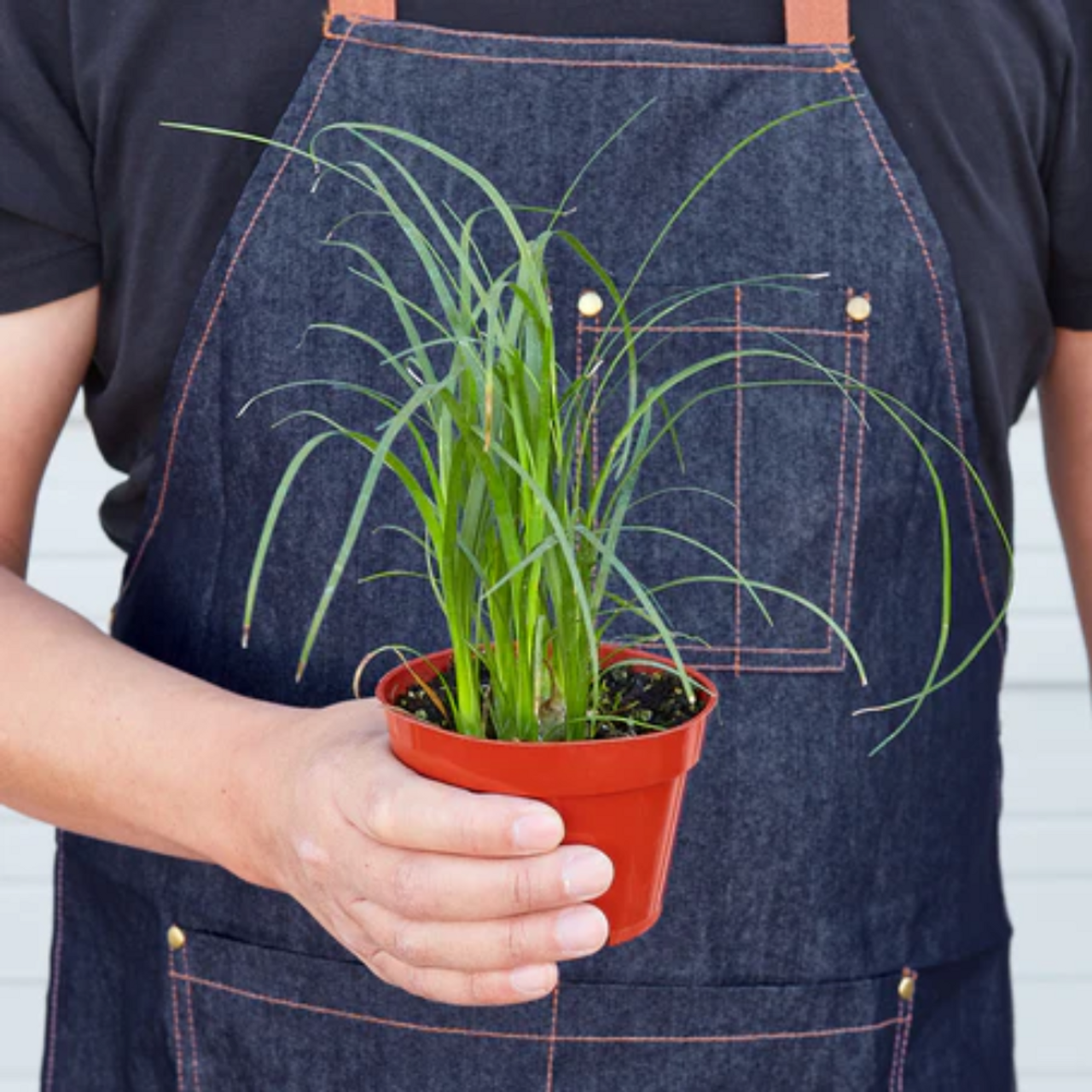
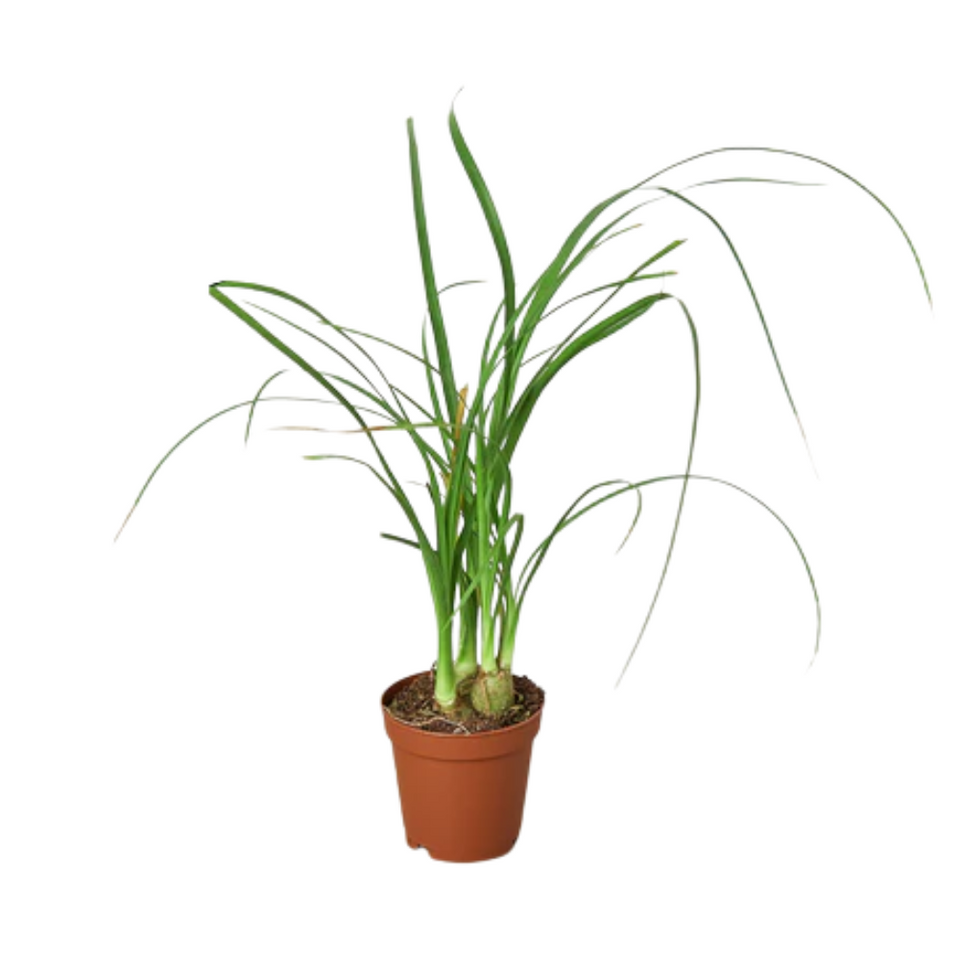
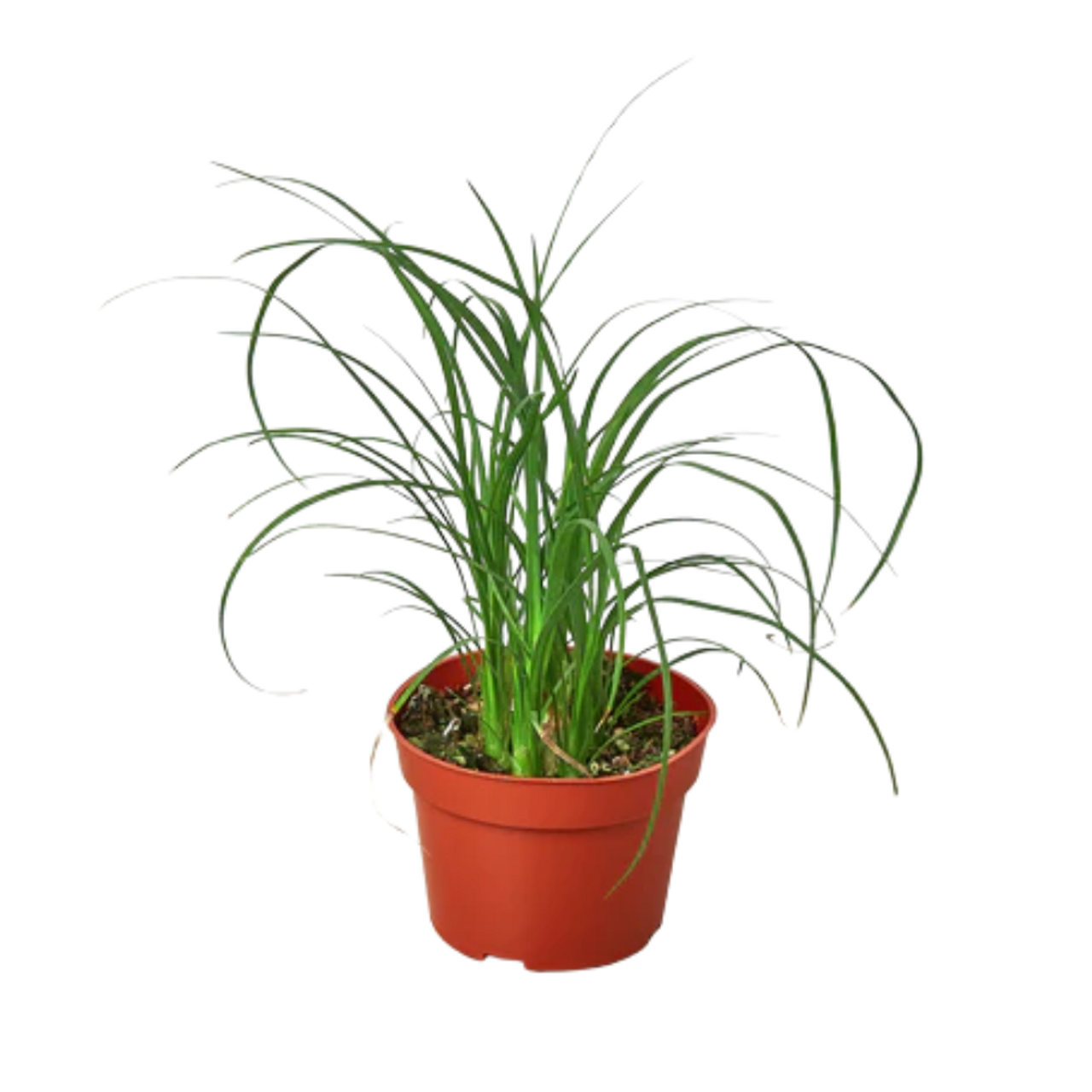
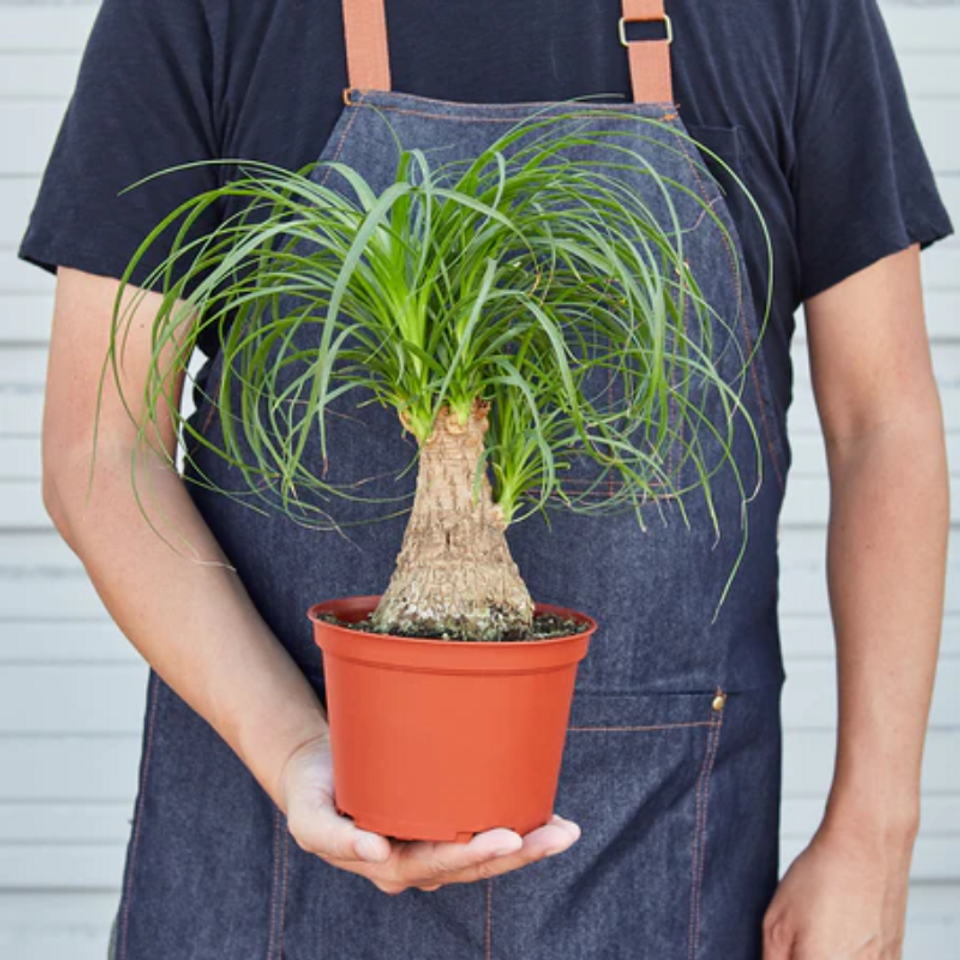
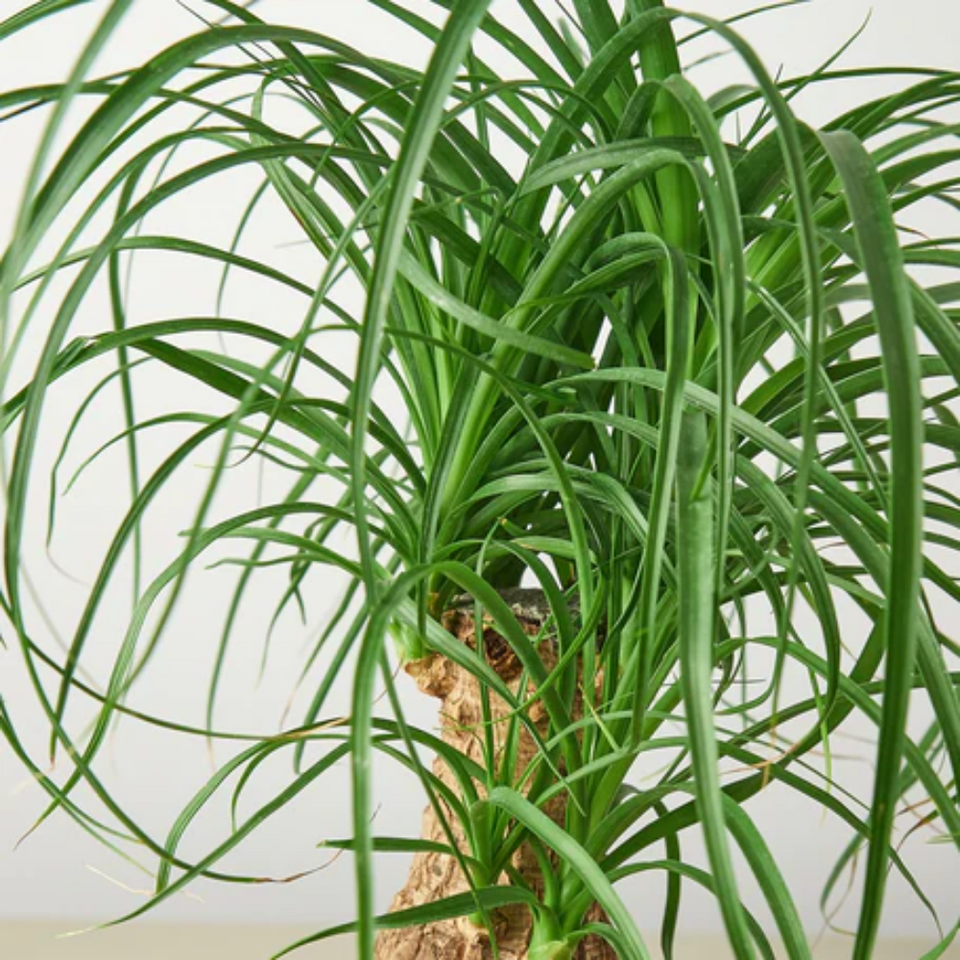






















Reviews
There are no reviews yet.